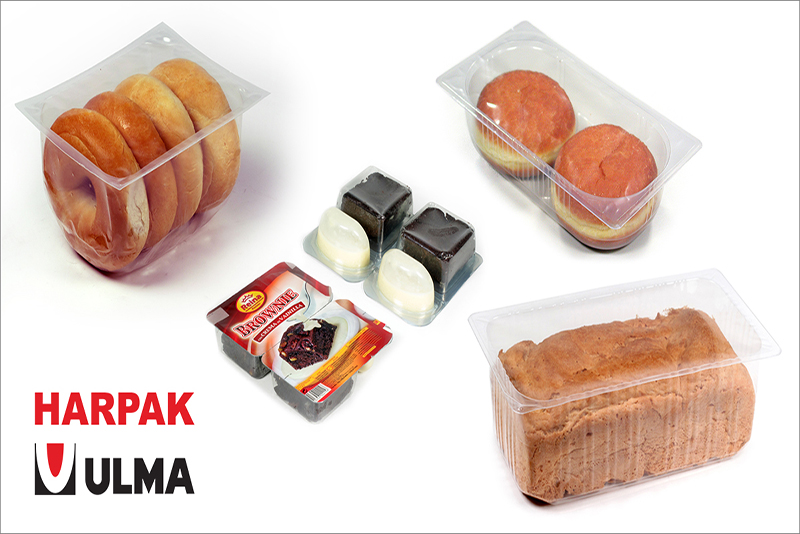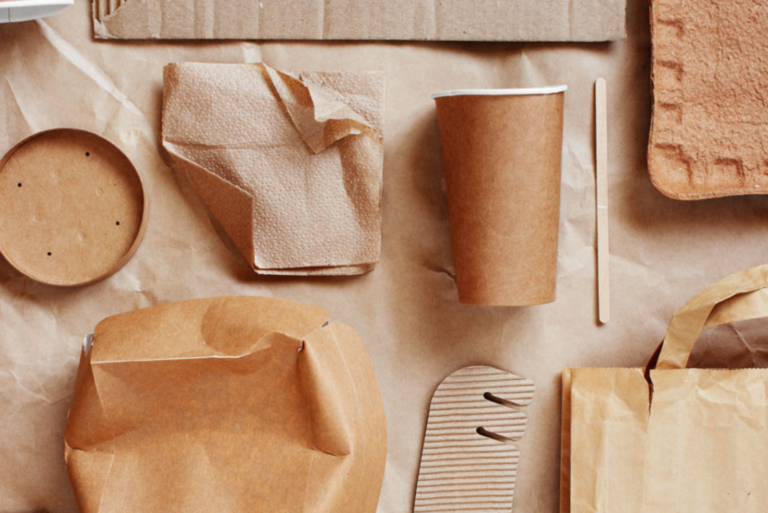CHICAGO — In the world of packaged baked goods, single-serve items are winning the day for a plethora of reasons. Consumers are mobile once again and looking for on-the-go options. Meanwhile health-and-wellness is more prevalent than ever, but even the most mindful eaters want to indulge on a little something now and then. And as a global pandemic becomes normalized, safely packaged, individually wrapped foods are in high demand.
Single-serve packaging checks all the boxes.
During the American Society of Baking’s BakingTECH conference, held March 1-3 in Chicago, Josh Becker, bakery/confection segment manager for Harpak-ULMA, addressed the key factors bakers should think about when considering single-serve packaging for their products.
“Consumers have an on-the-go lifestyle,” Becker said. “They’re going to seek out products that are going to save them time; they also want products that are easy to purchase and easy to dispose of, without much preparation.”
In fact, Becker said, roughly a third of millennials and Gen-Z consumers — already known for high snacking habits — have reported snacking even more than they were two years ago.
Packaging products to meet those demands requires one important first step: Define your objective.
As with most strategic decisions, understanding the why behind it is critical to ensuring all other factors are correctly addressed. With so many reasons why consumers are choosing single-serve baked goods, defining the objective is critical in order to package products that will align with why the consumer is eating a single-serve item in the first place.
“You have to ask yourself, ‘What I am I venturing down the single-serve path for?’” Becker advised. “Are you looking for new outlets such as convenience stores or meal kits? Or do you want to extend the shelf life of a fresh bakery product so it can withstand being wrapped and extend some pantry life at home? Whatever objective you determine is going to drive your formulation, the packaging materials and maybe even the equipment you’ll require.”










